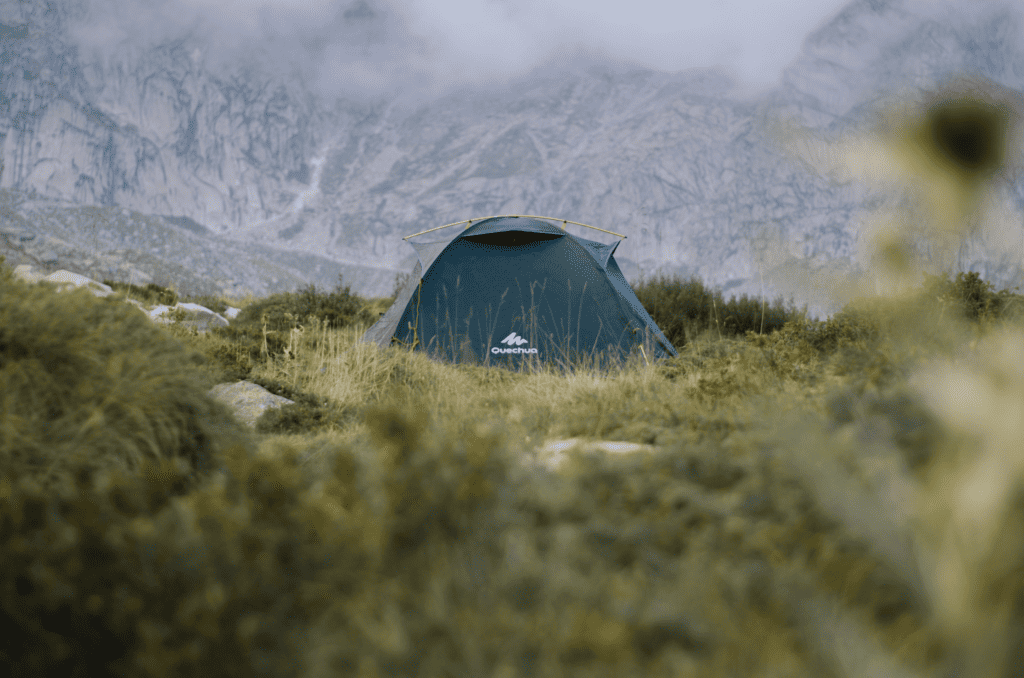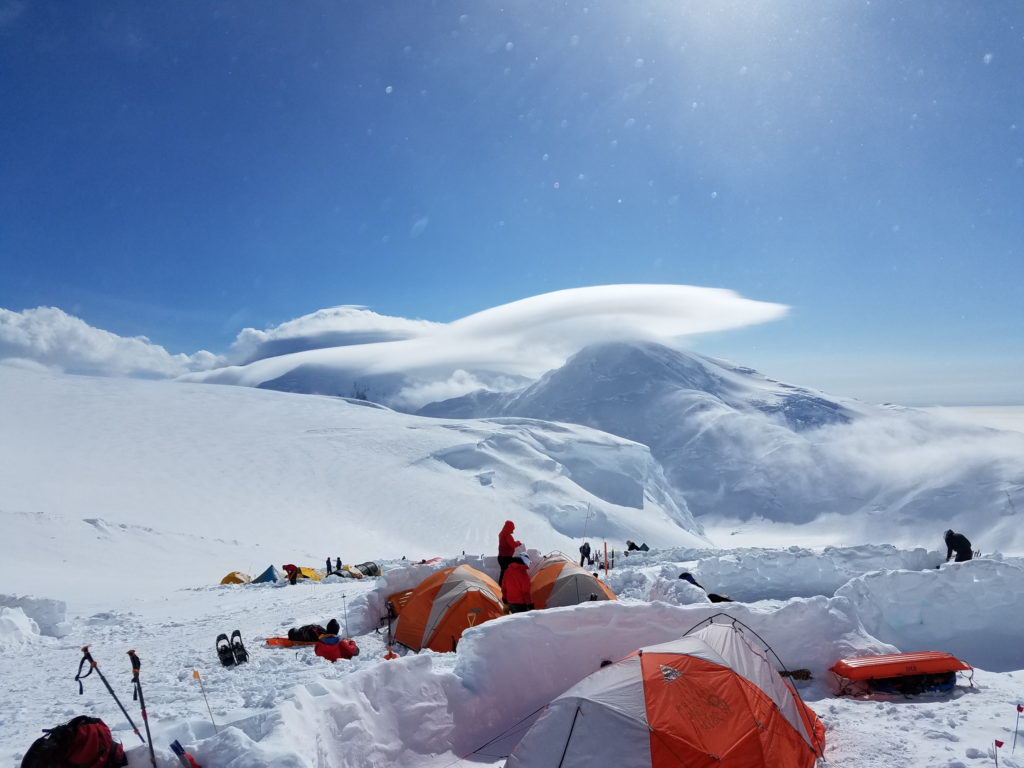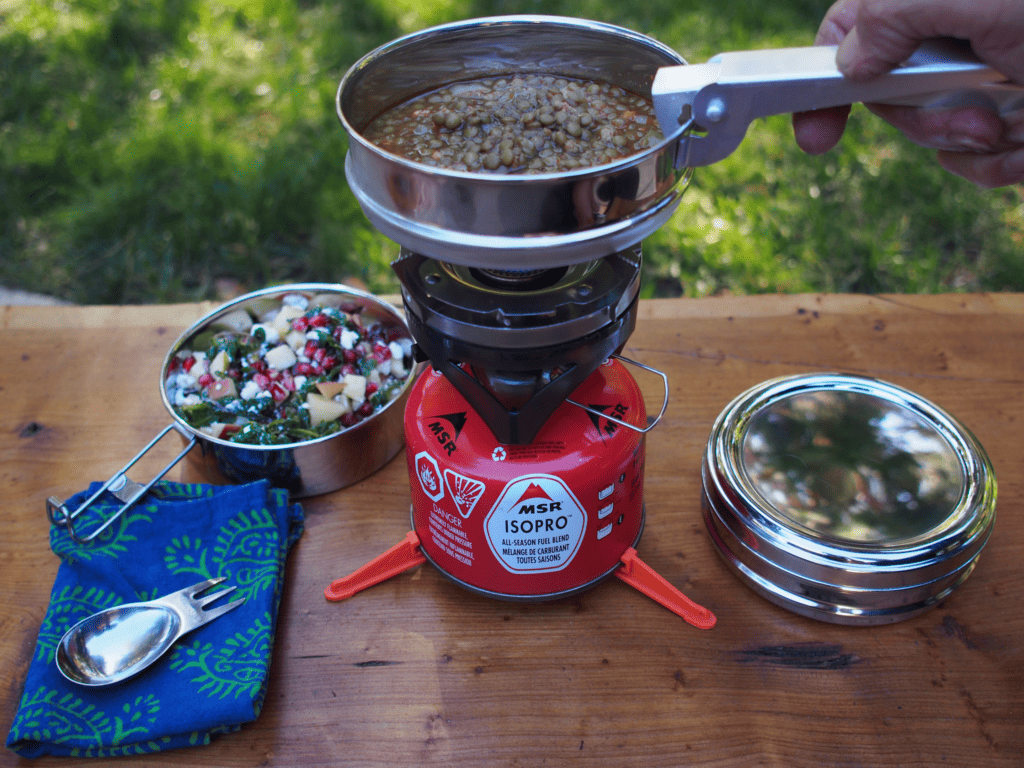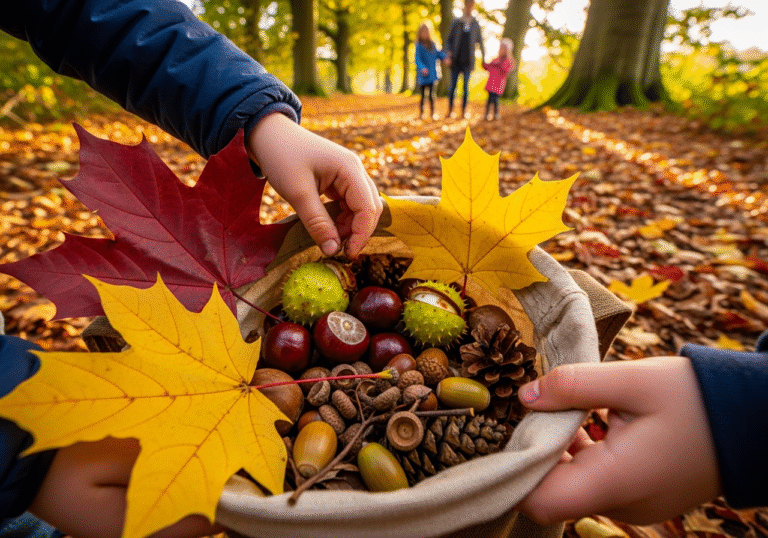36 Tips for Staying Warm When Winter Camping in 2025
Winter camping is a great way of getting outside. Have you ever wanted to give it a try? Read on to find out all you need to know.

Last Updated on 3 May 2025
Winter camping may require more planning compared to milder and warmer seasons, but it does have its advantages: fewer people camping and cheaper prices during the low season.
If you’ve gone camping when the weather conditions are more favourable, but have wanted to camp during the winter months, this is the best place to find all the winter camping tips you need to know to make your experience enjoyable.
The best thing you can do is brush up on what you already know about camping in milder weather while considering the added challenges of cold temperatures, winter conditions, and the possibility of heavy snow.

What to Pack for Winter Camping?

Having the right camping gear is half the battle for cold weather camping. Ready to see what you need? Read on to find out.
Get a Four-Season Tent: When camping in the winter, you need a robust tent that will handle winter weather such as windy conditions and snow. Enter the four-season tent. You don’t need a large tent to do the job. In fact, if it’s just a few of you, the smaller the better as it means the air inside will take quicker to warm up.
This four-season, 2-3-person tent from Naturehike or this Geertop four-season, 2-person tent make ideal options. Lightweight with an integrated snow guard, waterproof seal, and breathable nylon mesh, these tents are great choices for a camping trip this winter.
Don’t Forget Your Four-Season Sleeping Bag: If you’re planning on winter camping, you’ll need a warm sleeping bag for a good winter night’s sleep. When picking your sleeping bag, consider your bag’s “comfort rating”. This is usually indicated on the sleeping bag and will have a maximum and minimum hot and cold range. Check the weather forecast before going on your winter camping trip to determine if your sleeping bag fits within this comfort range (the maximum/minimum temperature range a person will start to feel too cold/hot to sleep comfortably). And to save having to clean your sleeping bag out every time you use it, you can add a sleeping bag liner that you can wash instead.
- For an affordable choice, this 4-season sleeping bag from Trail which has an extreme temperature rating of -10C or this 4-season sleeping bag from Active Era, which also has an extreme temperature rating of -10C are great sleeping bags that’ll provide a comfortable good night’s sleep.
Add a Sleeping Mat: Sleeping mats are great additions to winter camping as they deliver extra insulation to ensure your body stays warm during the night. After all, the last thing you want is to sleep on the cold ground.
When looking into sleeping mats, consider the R-value to ensure you get the right one—these range from one to seven. For your winter camping excursion, you’ll want to choose a sleeping mat that has thicker insulation of around 4+
Bring Extra Layers: When winter camping, make sure you bring extra layers of clothing with you. You’ll need a base layer, a midlayer (think a long-sleeved top), and a fleece to go over the top.
When picking your base layer, make sure it’s of a synthetic fabric or merino wool, which are ideal for wicking away moisture when you sweat. Don’t pack anything that’s made from cotton as this material absorbs moisture, cooling your body down and keeping you cold.
Hats, Gloves, Socks: Don’t forget these items of clothing as part of your winter camping kit as they could mean all the difference between a cosy warm night’s sleep or an uncomfortable one where you’re constantly chilly as you lose heat. Bring an extra pair of socks just in case you need to sleep in two pairs to maintain your body temperature and keep your feet warm.
The above are essential items that you’ll need to help you sleep warm in your tent, but the following are a few extras you can bring with you to make your camping in winter experience more enjoyable.
A Hot Water Bottle: This is a handy addition to any camping trip as it’s great at keeping your core warm at night. Before getting into your sleeping bag at night, you can also pop your hot water bottle inside to warm it up before getting into its warm embrace when it’s time for bed.
Hand Warmers: Nothing says warm me up quickly better than hand warmers. If you’ve got gloves, put one in each glove to ward off the winter chill so you can go about doing what you need at your camp: putting up your own tent, unfolding your sleeping bag, and cooking your food. All of this is a lot harder if your fingers are numb from the cold.
Sleeping Pad: If you have space to carry it, bring a sleeping pad with you on your winter camping trip. You can put this underneath your sleeping mat, further helping to insulate your body against the cold ground.
8 Things to Consider Before Pitching a Tent in Winter

Winter campers know there are a few extra things you need to think about before pitching your tent somewhere. Even though you may be sleeping in cold conditions while inside your tent, think of the following first to make the most of your camping experience.
Choose Your Pitch Carefully: Don’t just pitch your tent anywhere. When you’ve found somewhere to pitch your tent, check the ground to see if there is anything buried underground like a hidden watercourse.
Also, be mindful of areas that may be prone to avalanches. If you’re considering camping on higher ground and aren’t sure of the avalanche risk, head to lower ground.
Camp in Open Ground: When picking a pitch for the night, avoid camping under the trees. If you’re winter camping when there are snowy conditions, stay out in the open. This is because you don’t want snow or branches to fall on your tent during the night.
Check for a Water Source: Before choosing a spot make sure there’s a good water source nearby for some fresh water. If not, do you have the equipment to melt snow nearby? You can always bring a camping kettle and what better way to wake up in the morning than with a hot cup of tea? Bring some water bottles as well to store your water.
Is There Any Wind Protection? To prevent the cold air from getting to you when camping in cold weather, consider if there is anywhere that you can get some protection from the wind. Natural wind blocks like trees or a hill are great options as they’ll help you to stay warm.
Avoid Camping on Vegetation: When you get to where you’re camping for the night, hopefully, you’ll have enough daylight to check the vegetation around you and pitch your tent. Before pitching your tent, though, make sure to see that you’re not camping on vegetation. Instead, if the snow is patchy, pick an area that’s covered in snow or on an established campsite on bare ground.
Use Sticks: If the ground is too snowy or icy to use your traditional tent stakes, you could use snow stakes or sticks instead. Simply get a stick from the ground, thread it through the pegging loop, and bury it under the snow.
Stay Alert to Avalanches: To stay safe when setting up camp, don’t camp on or below a slope that could slide.
Keep an Eye on Snowfall Levels: If you’re wild camping during snowy conditions, it’s a good idea to keep an eye on the snowfall levels on the top and around your tent. Signs to look out for include your tent interior getting darker and snow building on top of your tent. Take a snow shovel with you to dig your tent out of the snow.
Pitching Your Tent in the Snow

Now that you’ve found the perfect spot for your tent, the next thing you need to do is pitch it. If you’re not planning on pitching your tent on snow, you can just go ahead and pitch it like you normally would.
If you’re new to camping, take the time before heading out to practice pitching your tent in your garden.
If you are pitching your tent on snow, here are a few tips to consider that’ll make your trip more enjoyable.
Pack Down the Snow: Before putting your tent up, pack down the snow where you’re planning to sleep. You can do this in your boots. By packing down the snow, you’ll have more of a comfortable night’s sleep compared to if you just pitch your tent straight on the snow.
Build a Wall: If it’s windy, build a wall around the sides of your tent to help reduce your exposure to the cold weather. If building a wall is not an option – and before you pitch your tent – dig down into the snow where your tent will be.
Tips and What to Eat and Drink When Winter Camping

As you’ll be carrying all your kit yourself, you don’t want to carry too much especially if you’re hiking to your camping spot.
Nowadays, there are plenty of lightweight options to bring with you. When it comes to ensuring you have a hot meal and hot drinks to enjoy, the best piece of equipment to bring is a camping kettle.
Small and lightweight, camping kettles take up minimal space in a backpack. As space is at a premium in your pack, here are a few things to consider for your food and drinks.
Bring Easy to Cook Items: Food like rice packets or baked beans in a tin are simple to cook in a camping kettle. Soup is another great option. Filling and nutritious, you can’t go wrong with food like this on your next outdoor adventure.
Don’t Forget the Tea Bags: What better way to start the day than by enjoying a hot cup of tea?
High Energy Food: If you fancy something sweet that’ll give you an energy boost when you’re hiking to your camping spot, bring some slow-release energy bars with you. Also bring food such as cheese, peanut butter sandwiches, and nuts.
These will help keep you full for longer while giving you sustained energy throughout the hike. Chocolate or your favourite surgery foods can be added as well for some quick burning energy. All of these options together will help you stay active while you generate heat.
Add Water: Even though you’re spending time outside in the cold weather, you still need to maintain your water levels. You might not feel like drinking cold water, but it’s important to stay hydrated. When you’re at your camp spot, heat up some hot water to make a cup of tea to stay warm and hydrated.
Store Your Food Securely: Depending on where you live, there are nighttime critters and animals that will happily steal your food. To avoid this, make sure you store your food securely either in your tent or hang your food in a sack from a tree.
What to Wear to Maintain Body Heat?

The trick to keeping warm when you’re outside in the cold is to ensure you have the right layers on you. The last thing you want is for any exposed skin to get cold, and by having the correct layers you can stay warm and comfortable.
Baselayer: A baselayer is where it all starts. This is the piece of clothing that goes next to your skin. For winter use with temperatures below freezing, pick a baselayer top that is heavyweight; however, for milder conditions, you can get away with a lightweight option. When it comes to the material, go for ones that are made from merino wool or polyester as these wick moisture away from your body when you sweat. Avoid cotton as this absorbs sweat, making you feel cold.
Middle Layer: When it comes to retaining your body heat, this is what your middle layer or insulating layer does. Think, heavyweight fleece or a down jacket for winter use. For your legs, consider wearing long underwear that’ll keep your legs warm.
Outer Layer: Also known as a shell layer, this piece of clothing is what goes on top of everything else. It’s your waterproof jacket and pants that are designed to keep the elements away from your clothes underneath and getting them wet. At the same time, they need to be breathable so that your wicking layers can wick away any moisture from your skin. If not, you may feel chilled during your hike.
Here are some other items you might need.
Warm Socks: Bring ones suitable for the size of your boot. Don’t bring extra thick ones as these may make your boot too tight, preventing your feet from staying warm. Instead, leave the thick ones for when you’re bunking down in your sleeping bag for the night. Don’t pick cotton ones. And bring extras as well.
Winter Hat: There’s nothing worse than getting a cold head during a winter hike. Bring a wool or synthetic hat to keep your head warm. Make sure it covers your ears too. A neck warmer is a good addition as this can work as a cover for the lower half of your face if it’s chilly.
Gloves: These should form part of your kit regardless of the time of year as you never know when the temperature is likely to drop. Bring a pair that suits you best whether it’s mittens or insulated gloves. And pack an extra pair as well.
7 Tips for Staying Warm Winter Camping

Maintaining your warmth can make all the difference when outside in the winter elements. Thankfully, there are some easy things to do to make your stay outside more enjoyable. Consider the following tips.
Add More Insulation: No one likes sleeping on the ground that’s cold. To avoid this, bring an extra layer or two (winter campers often bring two sleeping pads) that you can add between your sleeping pads to give yourself more insulation.
Put a Hot Water Bottle in Your Sleeping Bag: For that little bit of warmth at night before bunking down, put a hot water bottle in your sleeping bag. Simply fill up a plastic water bottle with hot water and put it in, making sure it doesn’t leak.
Keep Your Boots Inside: When camping in winter, it’s a good idea to bring your boots inside your tent at night. This way they’ll stay warmer during the night compared to if you leave them outside.
Eat Food: Before going to bed, eat something. Your body requires heat to digest food, which should help you stay warm. It doesn’t have to be much, just a little snack, but enough to get your body temperature to rise.
Exercise Before Bed: A great way of warming up before getting into your tent at night is to do some exercise. It could be as simple as jumping jacks, pushups or running on the spot. When you’re feeling nice and warm, get into your sleeping bag for a good night’s sleep.
Go for a Wee: Before heading off to sleep, make sure you go for a wee. If you don’t fancy leaving your cosy tent at night, bring a pee bottle with you. Women can also use a pee funnel to use in a bottle.
Keep Your Electronics Warm: Items such as your phone, head torch or spare batteries that get cold will use up more battery power. To prevent this from happening, keep them close to you or in a jacket pocket at night.
Final Thoughts
Winter camping is a great pastime that people enjoy every year. Not only does it get you outside, but if you’ve never done it before, it pushes you out of your comfort zone into something that’s both exciting and daunting.
To make it an unforgettable experience, make sure you have the right winter camping gear whether it’s a winter wonderland or somewhere that doesn’t have any snow. By putting in the effort to get everything you need, you’ll have the best time that’ll keep you coming back for more.






